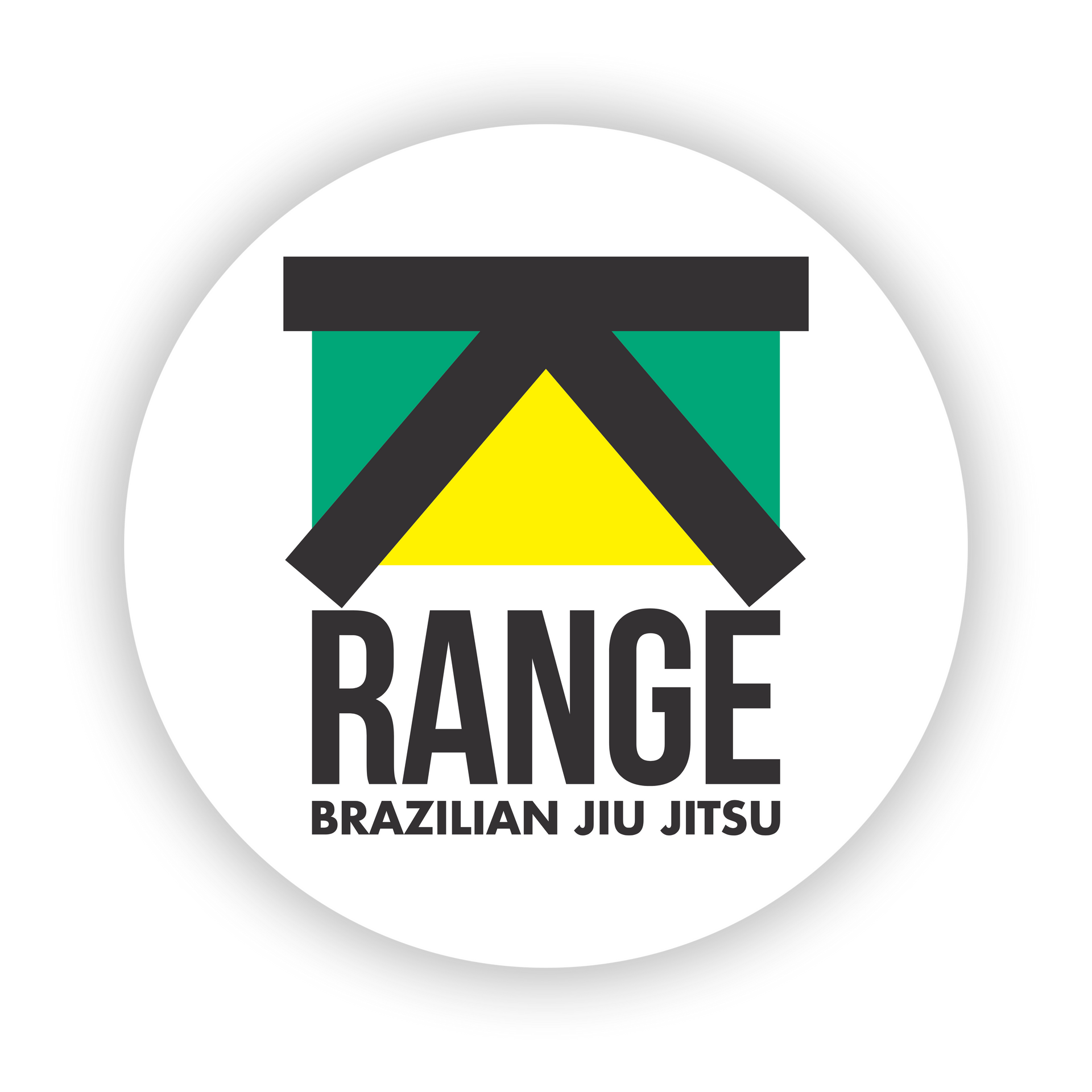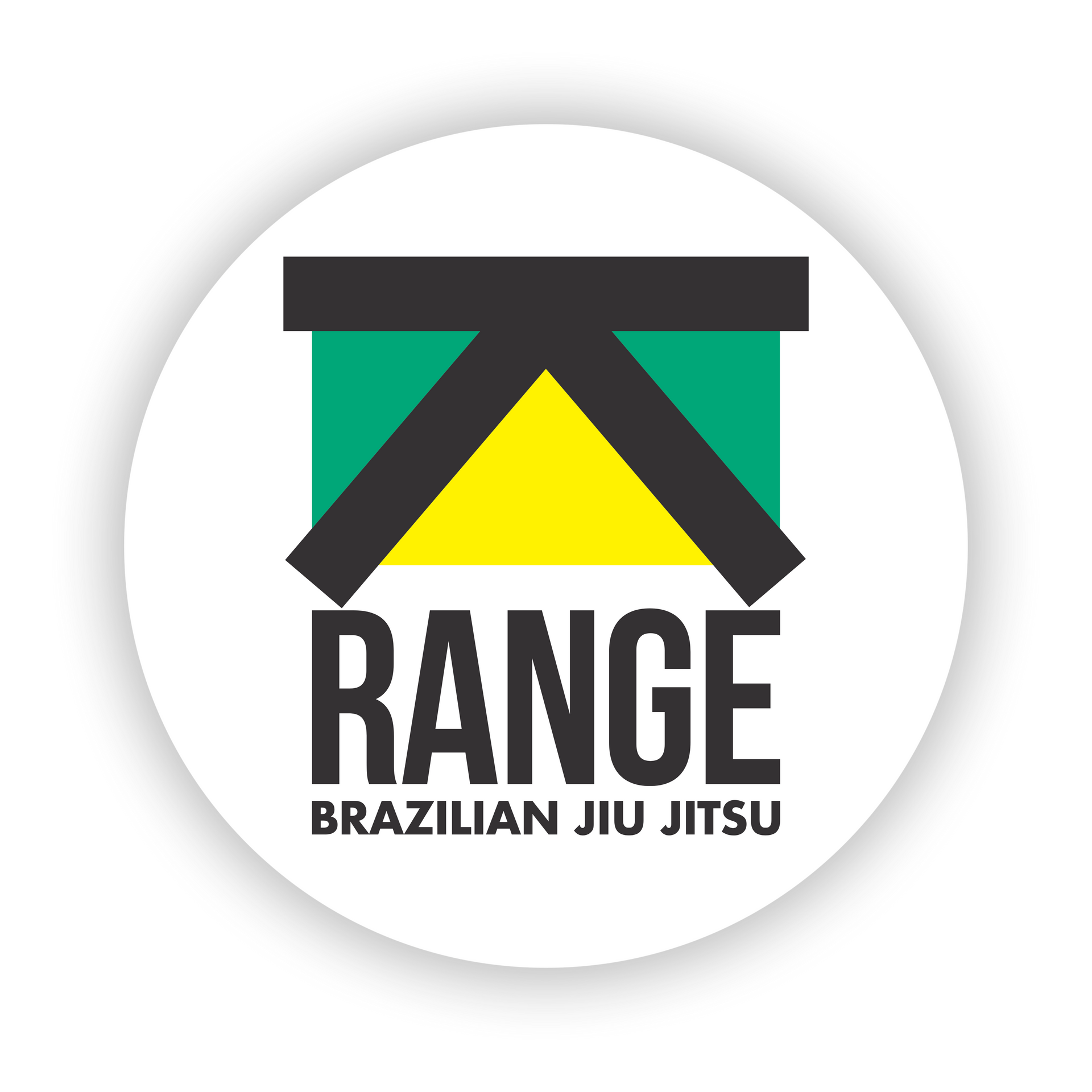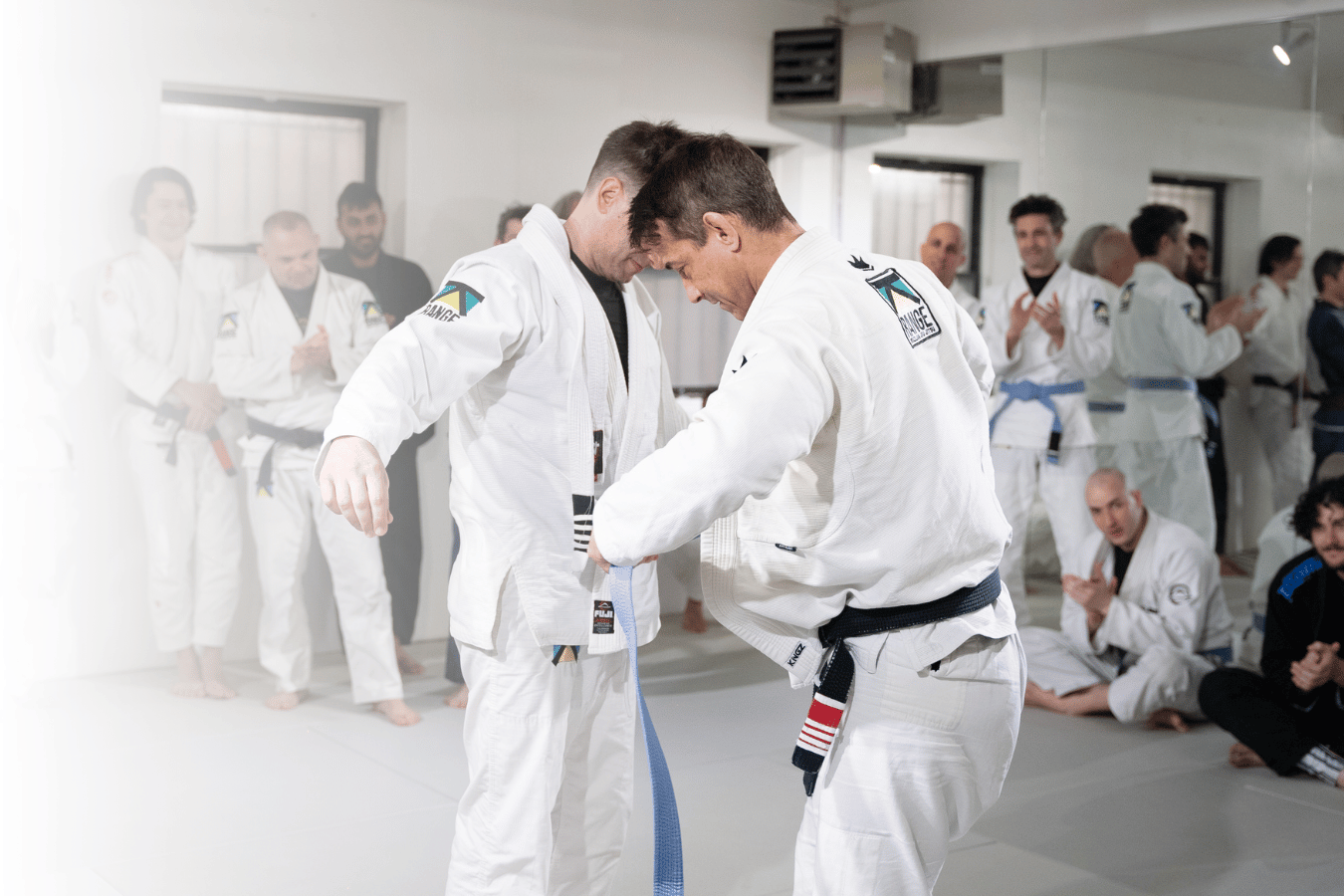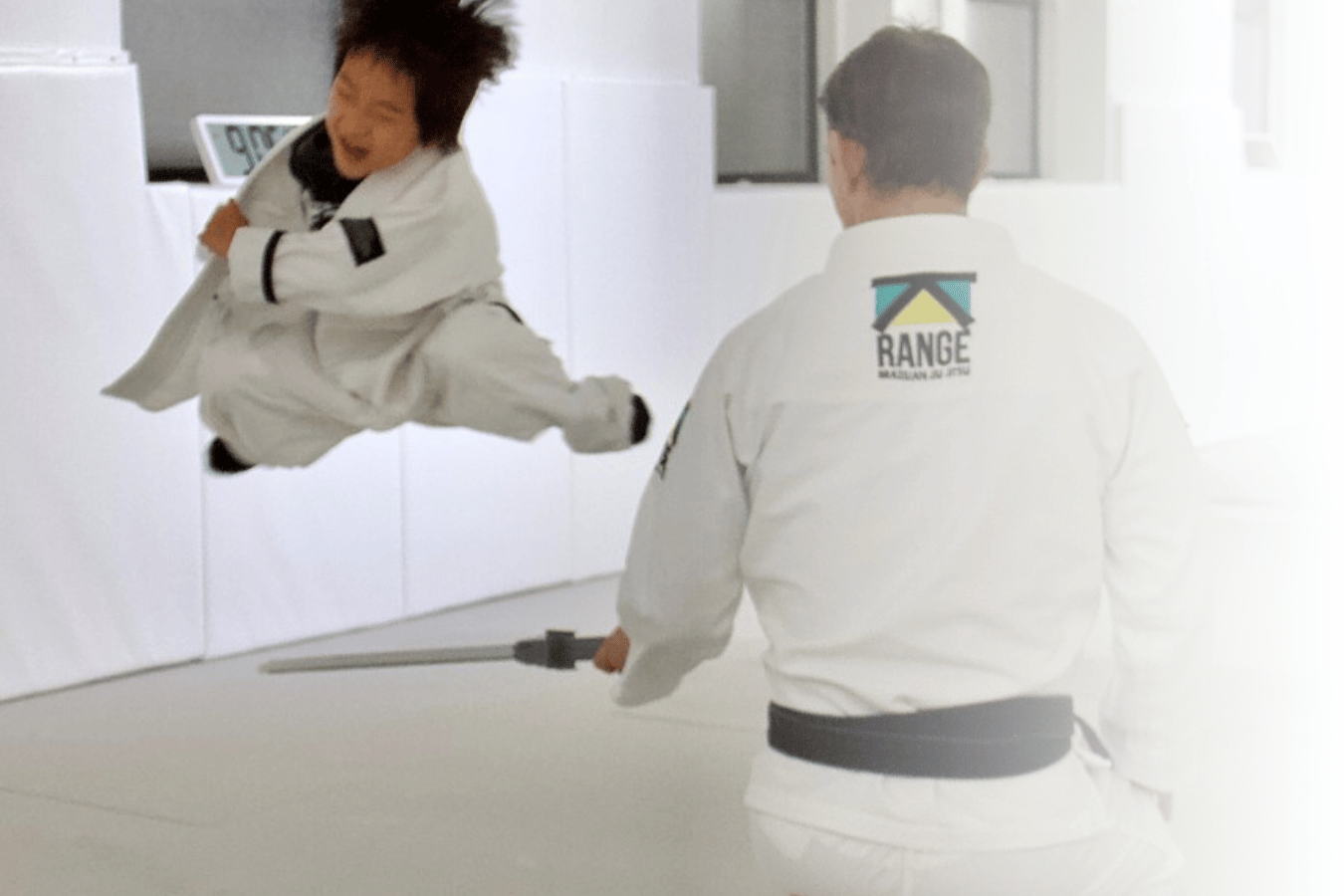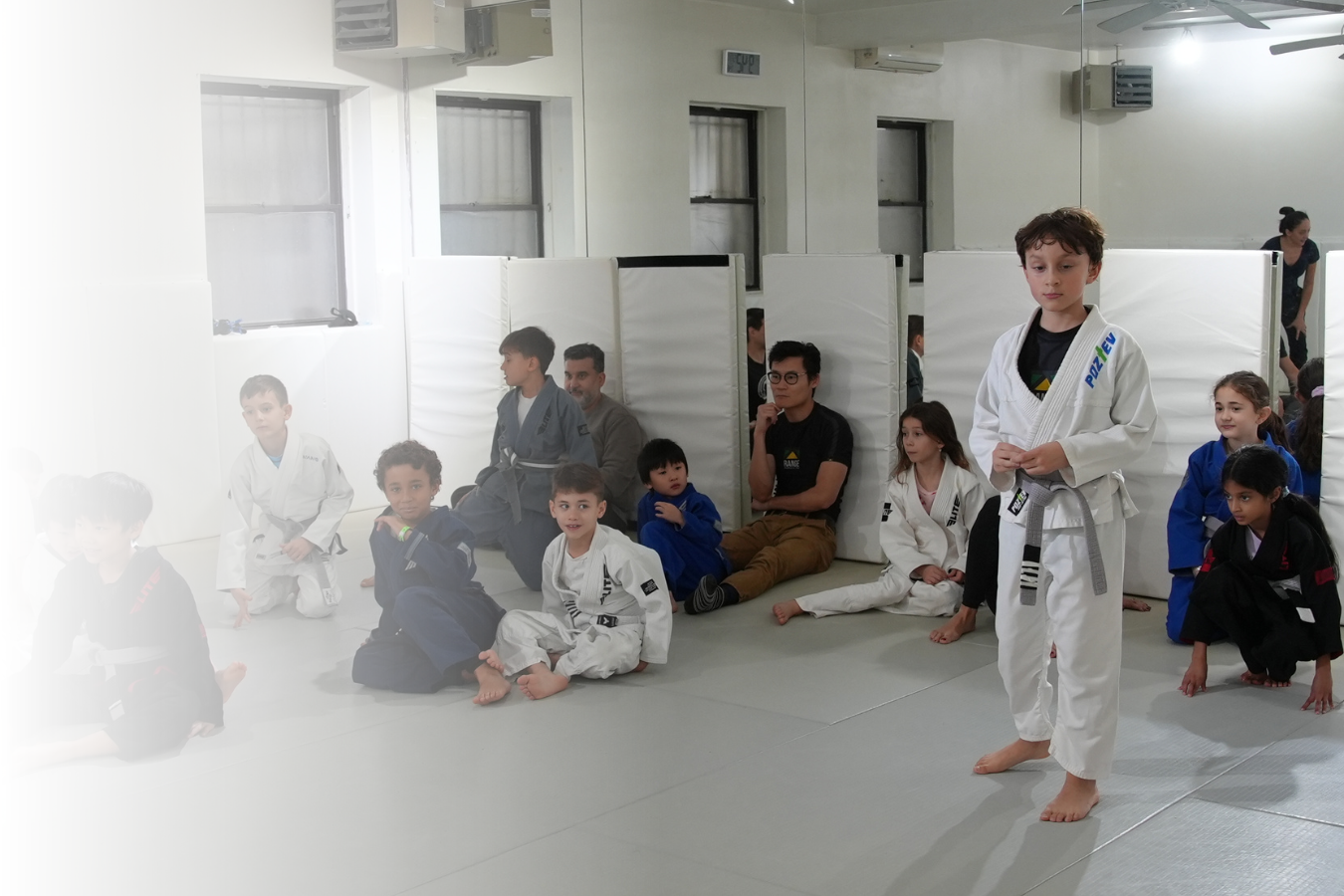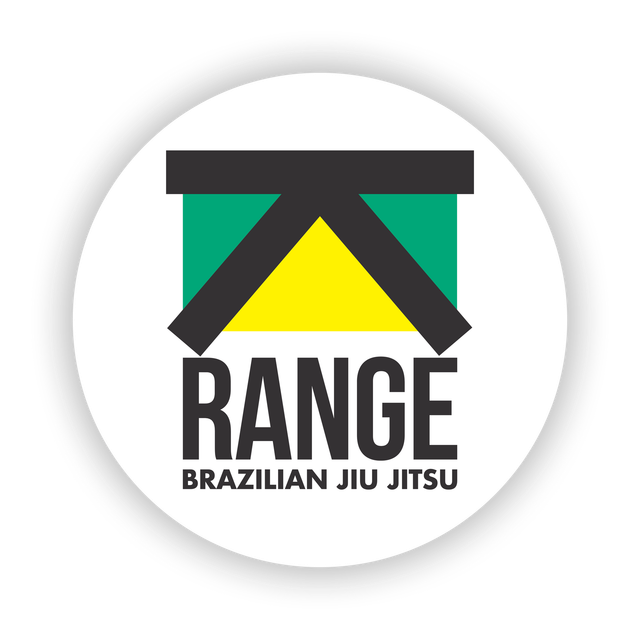ACCESS OUR SCHEDULE & EXCLUSIVE WEB SPECIAL
RANGE BJJ PROGRAMS
“I highly recommend Range Brazilian Jiu Jitsu, conveniently located in the heart of NYC’s Upper East Side, for parents searching for an outstanding martial arts school for their kids. It’s an exceptional environment where kids can have fun while developing physical strength, coordination, and mental resilience through BJJ’s unique blend of techniques and discipline. My son, who joined three years ago at age 6, quickly became passionate about BJJ, inspiring me to join as well. We have made great friends on the mat. Eduardo leads an outstanding program with skilled coaches for both GI and NO-GI ready to help students of all levels, having a welcoming space that promotes continuous learning and personal growth. The mentorship is exceptional, always supporting our ongoing BJJ journey. Range BJJ is truly top-notch.”
—Daniel
“I’m a brown belt and was visiting NYC last week l. I had the pleasure of dropping in to Range BJJ and taking a class with Eduardo and the rest of the crew. Absolutely fantastic experience. I’ve trained at many gyms over the last decade or so and this was one of the best. Very nice people, stellar instruction by Eduardo, and a clean facility. Highly recommend to anyone in the area.”
—Corey
